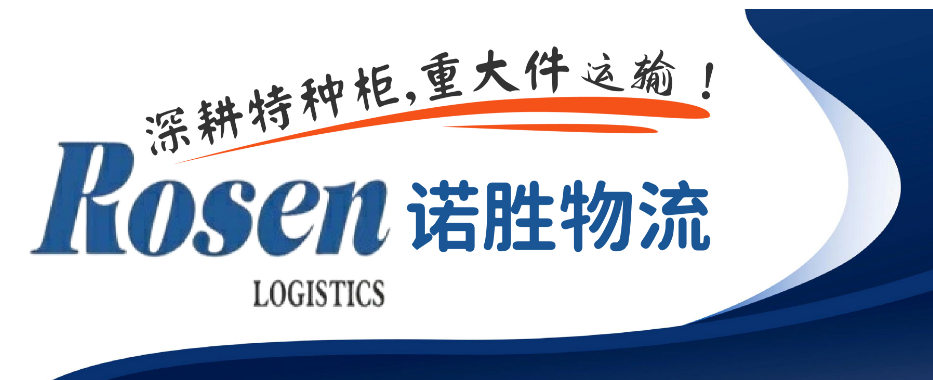欧洲议会、欧洲理事会和欧盟委员会之间的谈判已经陷入僵局数月,但三个执行机构最终在11月29日就如何实施排放交易体系(ETS)达成一致。关于 ETS的下一次会议定于 12月 16 日至17 日举行,谈判人员将努力就ETS 修订达成全面协议。

ETS是“Fit for 55”提案的一部分,该提案旨在实现欧洲绿色协议气候法的雄心,目标是到2030年将欧洲大陆的温室气体净排放量比1990年的水平减少55%,并使欧洲到2050年实现气候中和。航运占欧洲运输温室气体排放总量的13%。
2019年12月11日,欧委会公布了应对气候变化、推动可持续发展的“欧洲绿色协议”提出到2050年,欧洲将成为全球首个“碳中和”地区,即二氧化碳净排放量降为零。为此,欧盟制定了详细的路线图和政策框架。2020年9月16日,欧洲议会投票赞成从2022年开始将国际航运的温室气体排放纳入欧盟碳排放交易系统(EU-ETS)。

欧盟的EU-ETS系统是全球首家,也是全球最大的GHG气体排放交易系统,包括了所有的欧盟成员国以及冰岛、挪威和列支士顿。发展到目前,已经成为欧盟能效政策的支柱。EU-ETS属于总量交易,在设定污染物排放总量的前提下,参与企业获得一定的排放额度。获得排放额度的企业之间可以通过货币交换的方式相互调剂排放量,实现减少排放量、保护环境的目的。如果企业能够使其实际排放量小于分配到的排放额度,那么它就可以将剩余的排放权放到排放市场上拍卖,获取利润;反之,它就必须到市场上购买排放额度,否则将会受到重罚。

“航运脱碳不是能不能的问题,而是如何实现的问题。为海运留出部分ETS收入是该行业脱碳的胜利。通过创新基金提供的专门支持是弥合清洁燃料价格差距、提高船舶能效、促进创新和建设港口基础设施的关键,”欧洲共同体船东协会(ECSA) 秘书长Sotiris Raptis 说。
根据“限额与交易”原则,船舶运营商将被要求购买和放弃ETS排放配额,即欧盟配额,用于该系统范围内报告的每吨二氧化碳(CO2)排放,并对违规行为进行处罚。

如果获得欧盟成员国的批准,本周达成的协议将使航运业的分阶段实施期为三年,其中每吨二氧化碳的碳价格将逐渐从2024年的40%增加到2025年的70%和2026年的100%。
“在欧盟排放交易体系中包括所有温室气体 - 二氧化碳,甲烷和一氧化二氮 - 是重要的一步,”科贝特在声明中说。“但只有当欧盟排放交易体系采取全生命周期视角时,它才能发挥其真正的潜力,提高真正可再生燃料的竞争力。正确的价格信号是推动生产可持续燃料所需的绿色能源投资的关键。
货代网